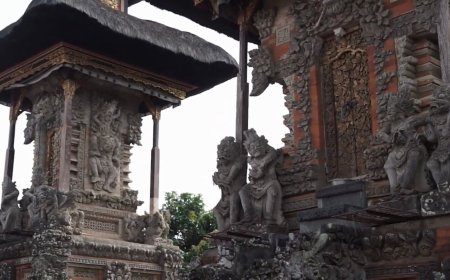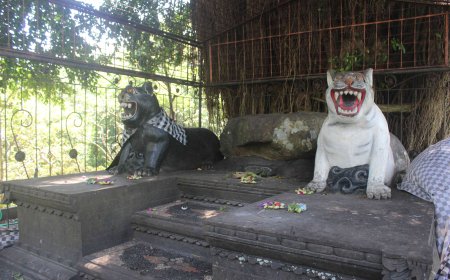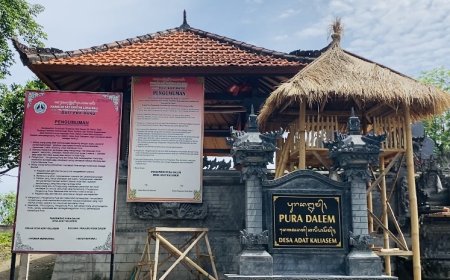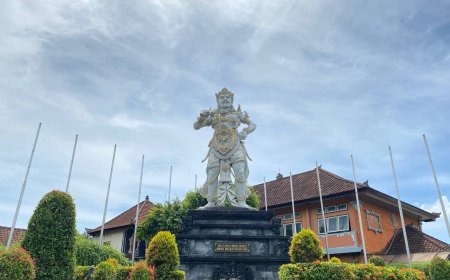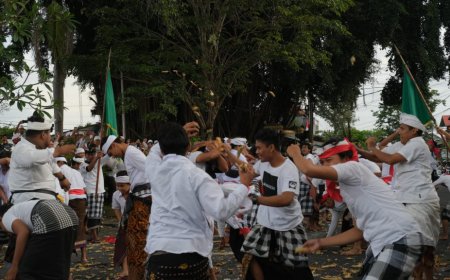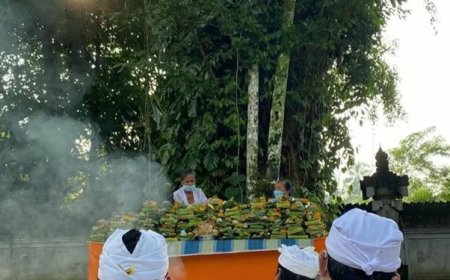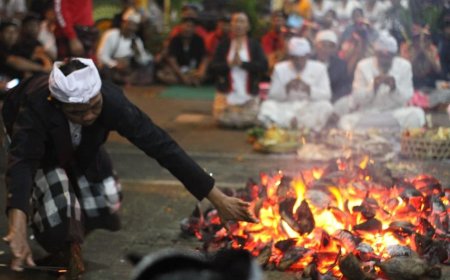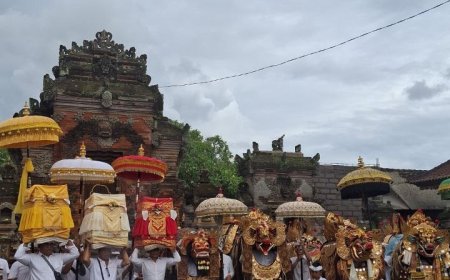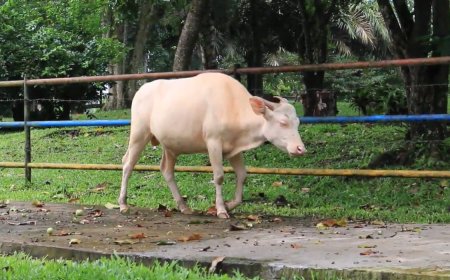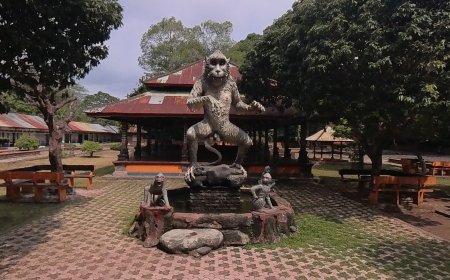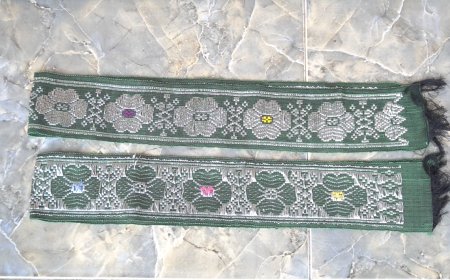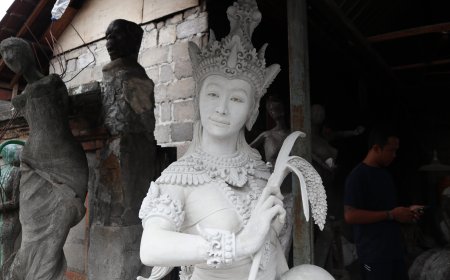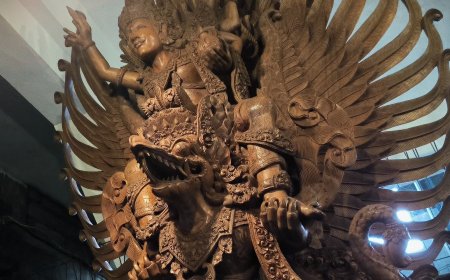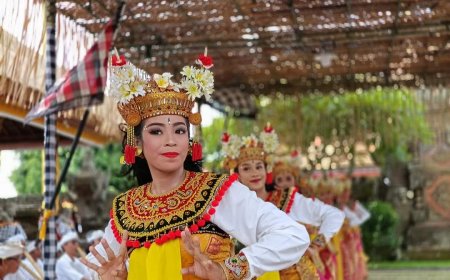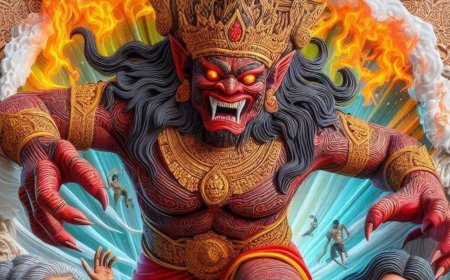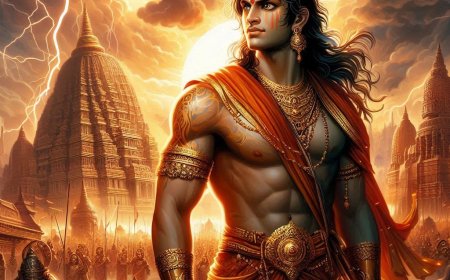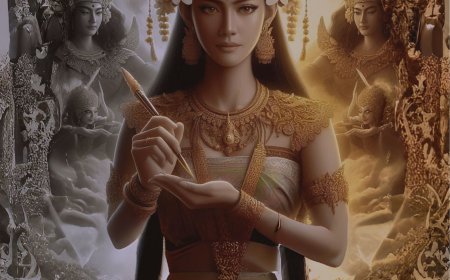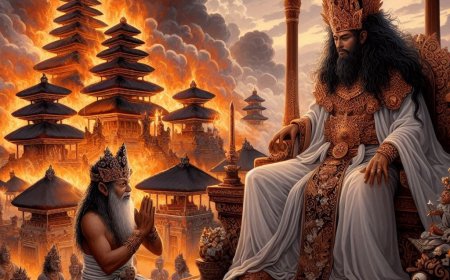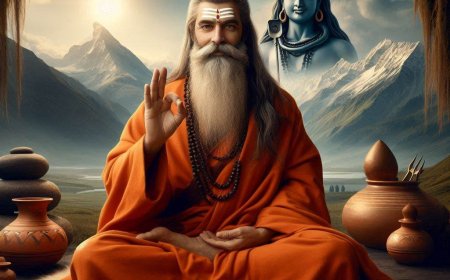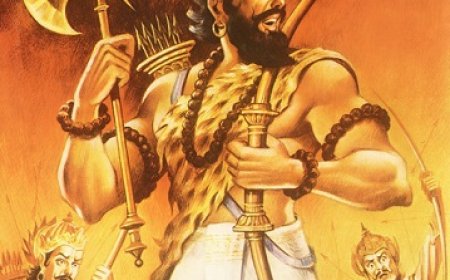The Story of Goddess Sati: A Supreme Sacrifice of Devotion to Lord Shiva
The legend of Goddess Sati, the first wife of Lord Shiva, is considered a symbol of love, loyalty, and sacrifice. The term "Sati" means a virtuous woman, and in Indian tradition, a woman who performs sati is considered a goddess who goes straight to heaven. Goddess Sati, also known as Dakshayani, is the goddess who symbolizes long life and harmony in marriage. As the first wife of Lord Shiva, Goddess Sati is known for her passionate character, with a stern and intimidating attitude, but also loving and gentle by nature.
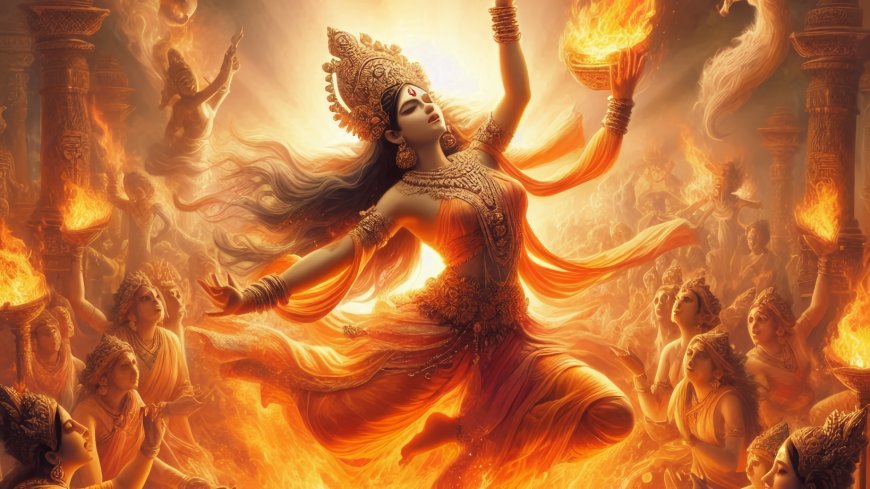
The legend of Goddess Sati, the first wife of Lord Shiva, is considered a symbol of love, loyalty, and sacrifice. The term "Sati" means a virtuous woman, and in Indian tradition, a woman who performs sati is considered a goddess who goes straight to heaven. Goddess Sati, also known as Dakshayani, is the goddess who symbolizes long life and harmony in marriage. As the first wife of Lord Shiva, Goddess Sati is known for her passionate character, with a stern and intimidating attitude, but also loving and gentle by nature.
Lord Shiva is often associated with Goddess Parvati, his beloved wife. However, Goddess Parvati was actually Shiva's second wife, while his first love was Goddess Sati. Sati, who is the personification of divine feminine energy, was born as a human being by the will of Brahma, the Creator. She was born as the daughter of Daksha Prajapati, who was the son of Brahma, hence Sati is also known as Dakshayani. The name "Sati" was given by Daksha because she was the granddaughter of Brahma, and the name is taken from the feminine form of "Truth", which is called "Sati".
Brahma, the father of Daksha, wanted Sati to marry Lord Shiva. He hoped that Sati would bring Shiva out of his penance. Since childhood, Sati admired Shiva and with full devotion, she decided to marry only Shiva. Although many rich and powerful kings proposed to her, Sati rejected them all because her true love was only for Lord Shiva.
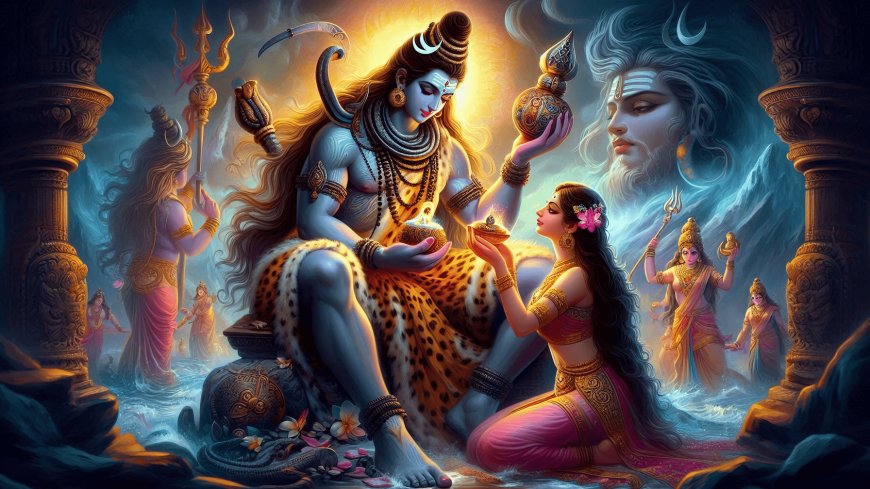
Goddess Sati seduced Lord Shiva. (Source: Private Collection)
In order to win the heart of Lord Shiva, Goddess Sati gave up all the comforts of her life, left her parents, and went into a remote forest. Sati realized that the only way to win the love of Lord Shiva was through penance. Goddess Sati began fasting and chanting sacred mantras as a form of penance. Despite the extreme conditions of nature with unfriendly cold weather, Sati remained steadfast in meditation for Lord Shiva.
Finally, Sati's efforts and devotion paid off. Lord Shiva, impressed by her devotion and sacrifice, decided to appear before her. As per Sati's wish, Lord Shiva agreed to marry her. Sati was very happy, and after that she returned to her palace, waiting eagerly for Shiva to come to marry her. Goddess Shakti, who incarnated as Sati, was the first avatar to be born in the human world.
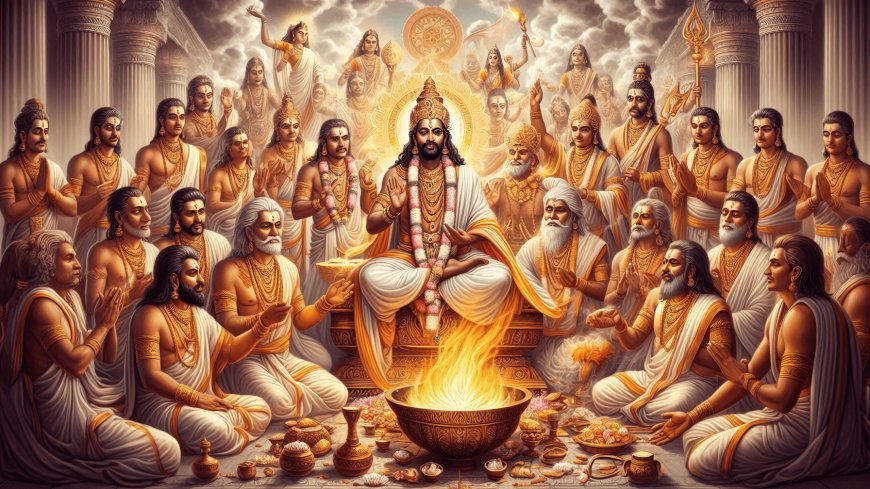
The father of Goddess Sati, Daksha is performing the yajna. (Source: Private Collection)
When Daksha held a Yajna ceremony, he invited all the gods except Lord Shiva and Goddess Sati. Sati was very sad because she did not accept the invitation. Although Lord Shiva opposed her wishes, Sati insisted on attending the yajna. However, when she arrived at the palace, her father, King Daksha, treated her disrespectfully. Daksha insulted Sati by saying that his other daughters were more noble and worthy of respect than Lord Shiva and herself.
”Sati could not bear her father's disrespect towards her husband. Then Goddess Sati approached the sadas (the sacrificial area where the chief priest sits). Sati thundered: "My husband, the Lord Ruler has been insulted without any good reason. There is no fault in Him. It is said in the scriptures that those who steal knowledge, those who betray a Guru and those who blaspheme God are great sinners and must be punished.”
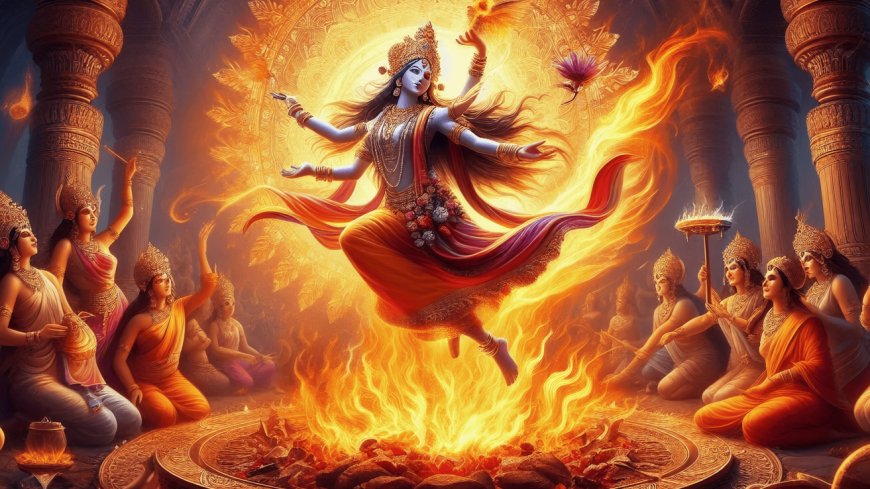
Goddess Sati sacrified himself into the sacred fire. (Source: Private Collection)
After uttering these words, Goddess Sati threw herself into the burning sacred fire, immolating herself as a form of protest against the insults received by her husband. With this tragic act, the yajna ceremony performed by Daksha was polluted and stopped. The invitees, fearing the curse caused by Sati's actions, immediately fled and disappeared from the ceremony site, fearing the consequences of the anger of the gods.
When Lord Shiva heard about the tragic death of Goddess Sati and the insult done by Daksha, he became very angry. From the tip of his hair, Shiva created a mighty creature named Veerbhadra. Veerbhadra, with his immense strength, attacked King Daksha and tore off his head, and threw it into the same sacred fire where Sati had sacrificed herself. However, in order to not leave the Yajna ceremony unfinished, the gods decided that Daksha must be revived. They then placed a goat's head on Daksha's body to restore his life, and the ceremony was completed.
With deep sorrow, Lord Shiva started wandering carrying Sati's dead body in his arms. Shiva started the dance of destruction of the universe. To save the universe, and to break this attachment with Lord Shiva, Lord Vishnu with his sudarshan chakra cut Sati's body into pieces. The pieces of Sati's body fell in different places and these are called Shakti Peeths or places of worship (temples).
